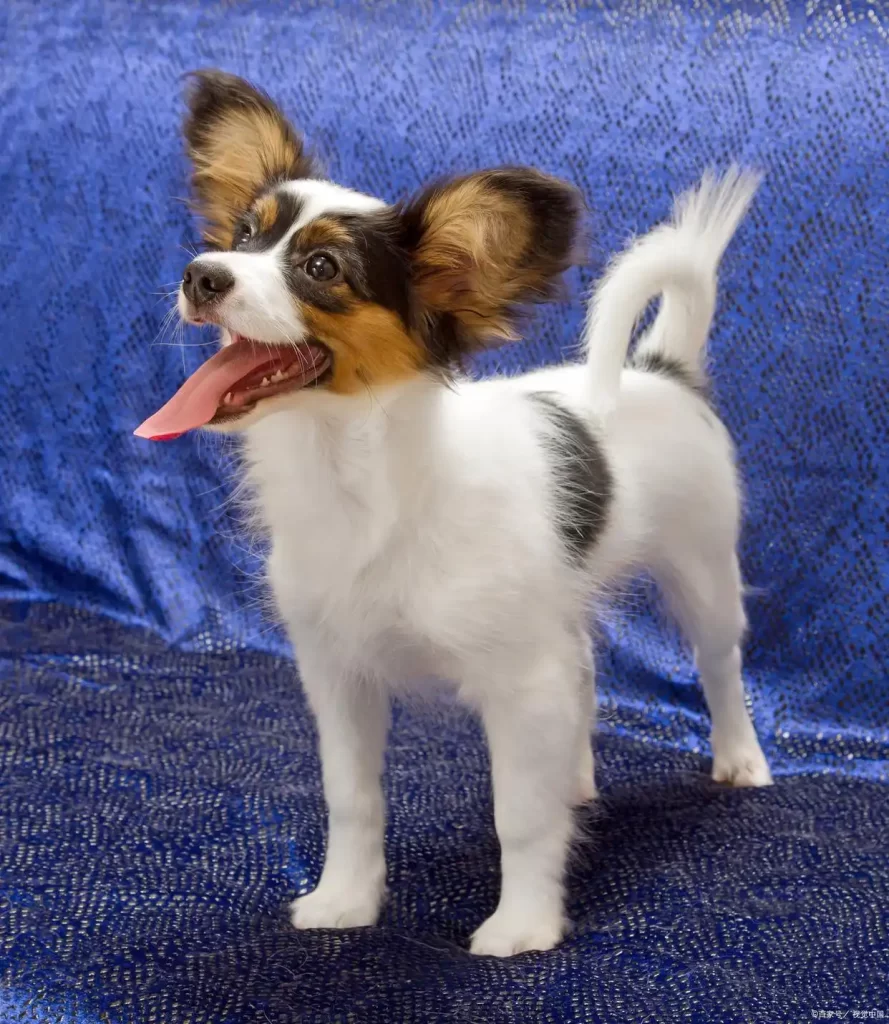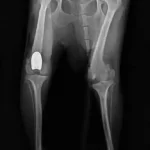In the process of getting along with dogs, have you ever wondered about the message conveyed by their tail gestures? The dog’s tail is upturned or drooping, a seemingly simple phenomenon, but it actually contains many clues about the dog’s health and mood. So, is it better to be upturned or sagging? Let’s find out.
From an emotional expression point of view, when a dog’s tail is raised high and swings quickly, it often means that they are in a state of excitement and happiness. For example, when the owner comes home from work, the dog warmly greets you, and its tail swings upwards like a propeller, which is it conveying joy and welcome to you, as if to say: “Master, you are finally back, I miss you!” The upturned tail at this time is a visual manifestation of the dog’s positive emotions. When a dog’s tail droops between its legs, it usually means that it is scared, nervous, or tired.
For example, when encountering loud noises such as thunder and firecrackers, or when faced with an unfamiliar and threatening animal, dogs will pull their tails down, which is their instinctive self-protection posture and try to avoid danger by lowering their presence. So, on an emotional level, an upturned tail represents pleasure and is clearly a better state.
Health can also be shown by the posture of the dog’s tail. Healthy dogs usually have flexible and powerful tails that can be cocked or waged freely. This is because their body systems function normally, with muscles, bones, and nervous systems working in harmony. On the contrary, if the dog’s tail keeps drooping, accompanied by symptoms such as listlessness and loss of appetite, it may be a physical problem. For example, lumbar spine disease may affect the movement of a dog’s tail, causing it to be unable to tilt normally; Some systemic diseases, such as weakness caused by viral infections, can also make the dog’s tail weak and droop. Therefore, in terms of health, the tail that can be upturned and swings under normal circumstances is a positive sign of the dog’s good health.
Of course, the natural posture of the tail may vary between different breeds of dogs. Malamutes such as huskies, whose tails are often curled and do not droop completely when relaxed; Breeds such as the Basset Hound have a naturally low-hanging tail. But even so, within the range of their respective breed characteristics, mood and health can still be judged by changes in tail posture.
To sum up, whether from the perspective of emotional expression or health status, under normal circumstances, an upturned tail of a dog often represents a better state. As owners, we must learn to observe the posture of the dog’s tail, so as to better understand their inner world, give them appropriate love and care, so that the dog can always maintain a happy and healthy life. The next time you see a dog’s tail, you’ll be able to read the meaning behind it!



